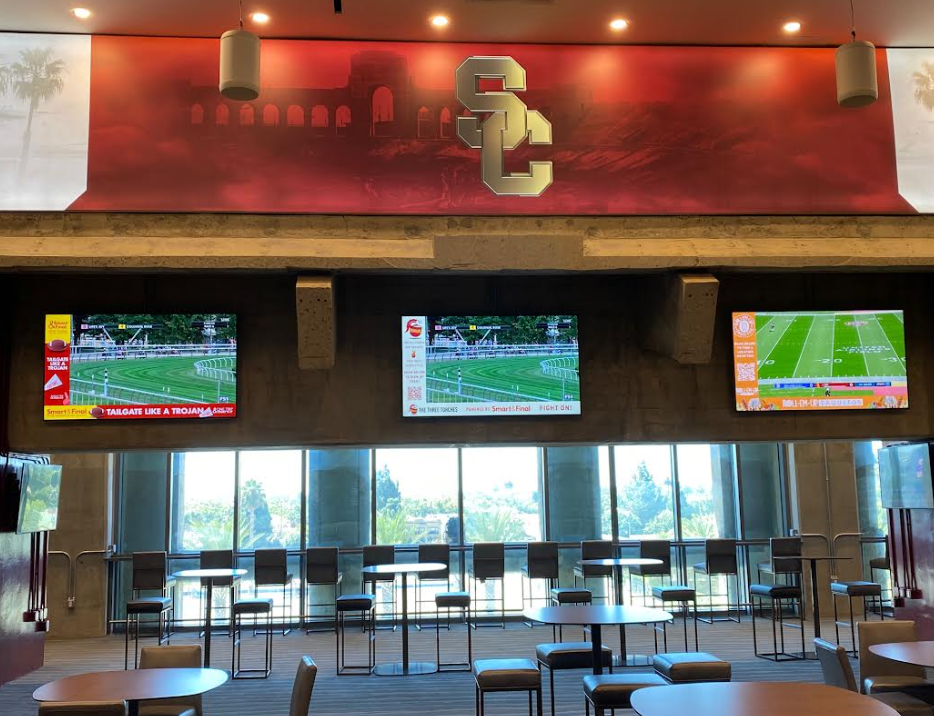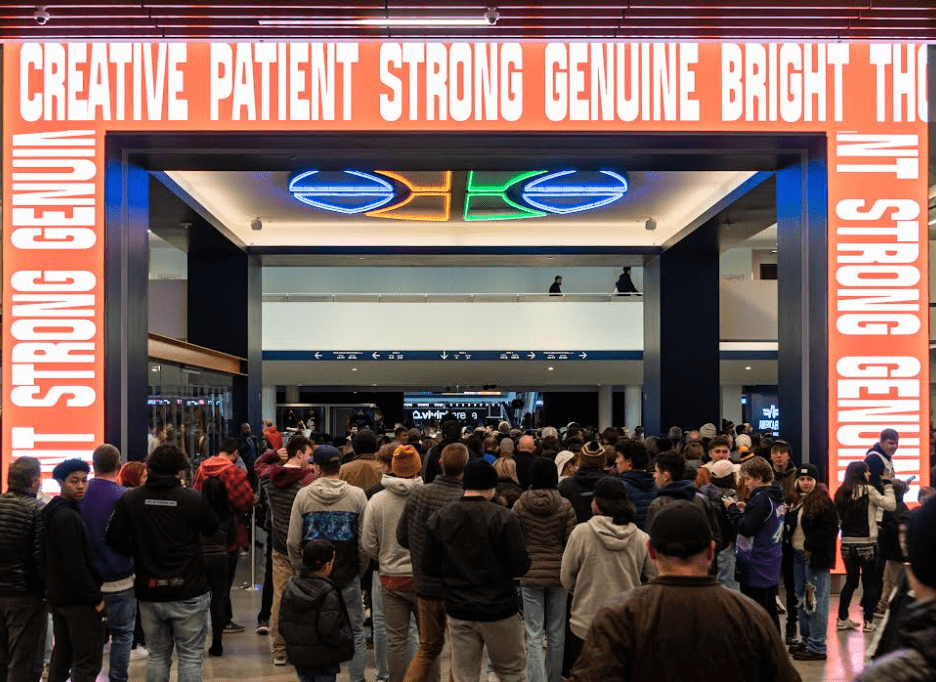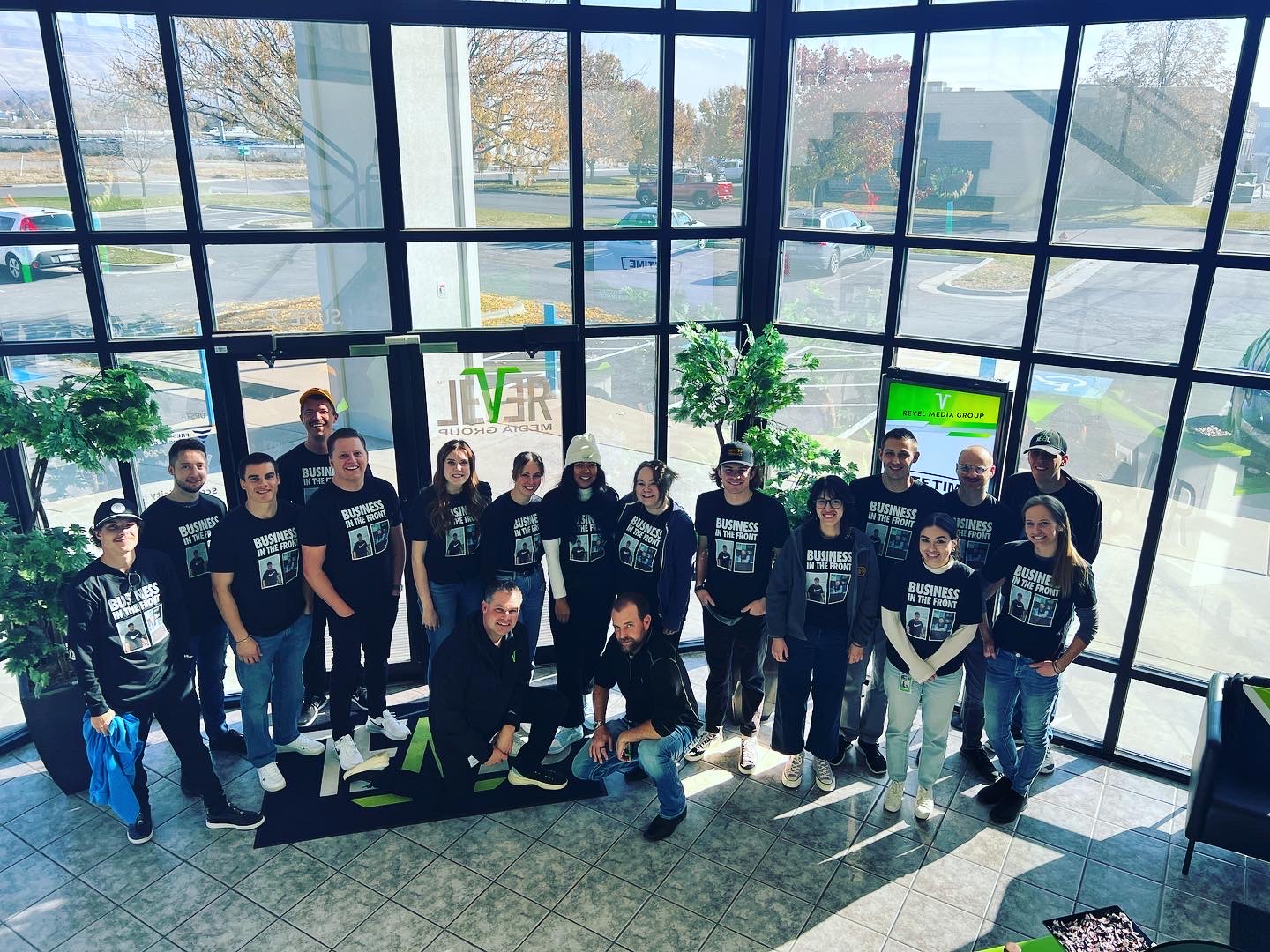Saving your CAPEX Budget: The Case for Hardware as a Service in
Sports Operations
In today’s rapidly evolving landscape, venues across all sports are
looking for ways to optimize their budgets, drive revenue, and enhance
operational efficiency. One innovative approach to managing expenses
is adopting Hardware as a Service (HaaS) instead of
traditional capital expenditures (CAPEX). By transitioning to this model,
organizations can free up resources for other critical areas and reduce
the financial burden of purchasing and maintaining equipment.
Understanding the Financial Landscape
With ever-growing operational demands, organizations are under
pressure to improve facilities and infrastructure while maintaining a
balanced budget. Further, some governing bodies like MLB are
mandating upgrades to minor league facilities. While necessary, this
complicates the financial landscape in a massive way for these already
cash strapped teams. Traditional CAPEX spending often involves
significant upfront costs for technology, equipment, and infrastructure,
which can strain financial resources and limit flexibility. In contrast, HaaS
provides a more adaptable financial model that allows departments to
better manage their resources.
What is Hardware as a Service?
HaaS is a model where organizations pay for hardware on a subscription
basis rather than purchasing it outright. This approach enables
organizations to access the latest technology without the burden of large
initial investments. Organizations can immediately enhance the fan
experience, drive revenue, and be more competitive with other venues
without the CAPEX burden. With HaaS, departments can acquire
essential hardware—such as LED video boards, control rooms, IPTV
systems, or facility upgrades—while spreading costs over time.

Benefits of HaaS for Organizations
- Cost Efficiency: By eliminating large upfront costs, HaaS allows teams/venues to allocate more funds toward strategic initiatives or other operational needs. Subscription payments enable better budget forecasting and easier financial management.
- Access to Cutting-Edge Technology: Technological advancements occur rapidly, meaning equipment can quickly become outdated. HaaS providers typically offer the latest hardware, ensuring that organizations have access to state-of-the-art tools for operations and analysis.
- Scalability and Flexibility: HaaS allows departments to scale their hardware needs up or down as requirements change. This flexibility helps organizations stay agile and makes future spending more predictable.
- Maintenance and Support: Maintenance is often included in the service agreement, reducing the burden of repair costs and ensuring that equipment remains in optimal working condition. This is particularly beneficial for departments that rely on specialized technology or large-scale installations.
- Focus on Core Activities: By outsourcing hardware needs, organizations can focus on their core operations, allowing staff to dedicate more time to strategic initiatives and improving overall efficiency.
- Tax Benefits: Leasing hardware can provide tax advantages, as lease payments may be deducted as operational expenses. This can improve cash flow and reduce the financial impact of acquiring technology.
Implementing HaaS
To successfully transition to a HaaS model, organizations should consider the following steps:
- Assess Needs: Identify the specific hardware requirements for each department or operational area. Understanding these needs will help in selecting the right HaaS provider.
- Research Providers: Investigate different HaaS providers to find those with strong reputations, reliable support, and competitive pricing. Be sure to choose providers who specialize in the type of technology that suits your needs.
- Negotiate Contracts: Establish clear terms regarding costs, maintenance, and upgrades. Ensure that contracts allow flexibility to accommodate changes in hardware needs as they evolve.
- Monitor Performance: Regularly evaluate the effectiveness of the HaaS model against department objectives. Track costs, equipment performance, and overall satisfaction to ensure that the transition is meeting expectations.
- Educate Stakeholders: Communicate the benefits of the HaaS model to all relevant parties. Ensuring everyone understands its advantages will promote buy-in and help smooth the transition.

Conclusion
As teams/venues continue to navigate a complex financial landscape, adopting Hardware as a Service offers a strategic advantage. By reducing CAPEX spending and embracing a more flexible, cost-effective approach, organizations can enhance operations and direct resources to initiatives that drive value. Transitioning to HaaS not only ensures access to cutting-edge technology but also frees up valuable resources for other critical needs, ultimately improving overall organizational performance.




